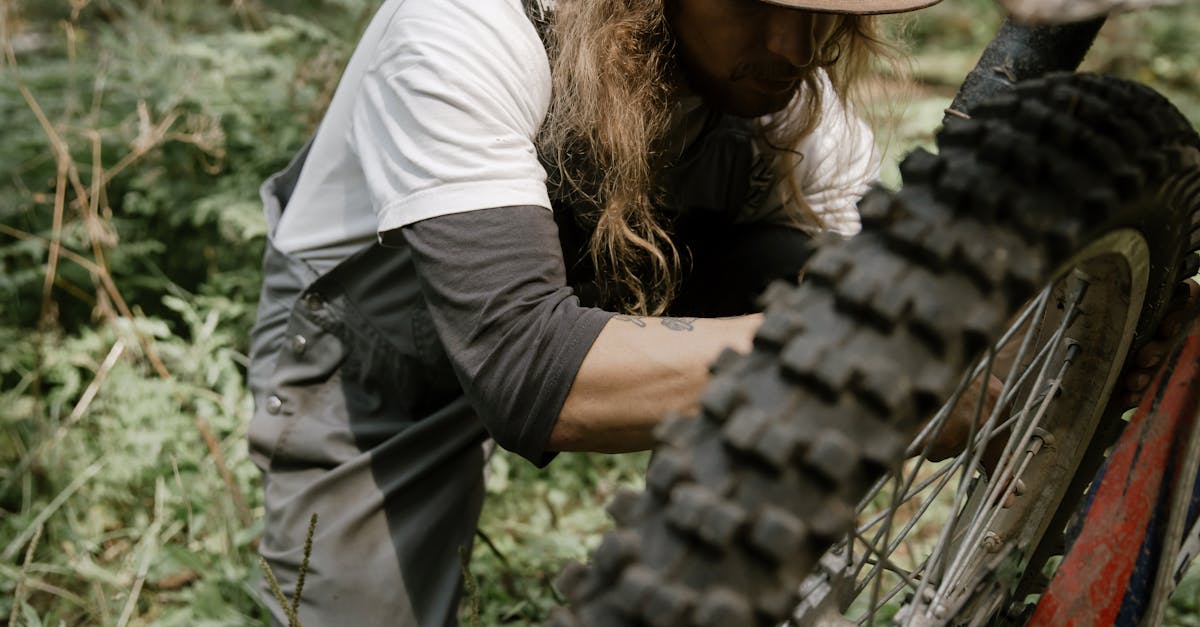Transplanting Flowering Plants Made Easy: A Step-by-Step Guide to a Stress-Free Move

Moving flowering plants can be intimidating but if moved with care, the plants do not even have to notice the disruption. Follow these steps to safely transplant your flowers before they start to bloom and keep them thriving in their new home.
1. Understanding the Importance of Careful Transplanting
When transplanting flowering plants, it’s essential to handle them with care to minimize root disturbance and maintain their health. Here’s why:
-
Healthy roots are vital for nutrient and water absorption. When transplanting, some root loss is inevitable. However, careful transplanting techniques can minimize this loss and help the plant quickly establish new roots in its new location.
-
Disturbing the roots can shock the plant. This shock can cause the plant to wilt, drop leaves, or even die. By transplanting carefully, you can minimize the shock to the plant and help it recover quickly.
-
Proper transplanting sets the stage for future growth. A plant that is transplanted correctly will be more likely to thrive in its new location. It will be able to establish a strong root system, which will support healthy growth and flowering for years to come.
2. Preparing Your Plants for Transplanting

Before transplanting your flowering plants, it’s important to prepare them for the move. Here’s how:
-
Harden off your plants. This process gradually exposes your plants to the outdoor environment, helping them to acclimate to the new conditions and reduce transplant shock. To harden off your plants, place them outdoors in a shady spot for a few hours each day, gradually increasing the amount of time they spend outdoors over the course of a week or two.
-
Prune the roots. This will encourage the plant to develop a more compact root system, which will make it easier to transplant. To prune the roots, use a sharp knife or pruning shears to remove any damaged or circling roots. You can also trim back the roots by about one-third to one-half their original length.
-
Water the plants deeply. This will help to hydrate the roots and make them more resilient to the transplanting process. Water the plants thoroughly the day before you plan to transplant them.
3. Choosing the Right Time and Location
When choosing the right time and location to transplant your flowering plants, there are a few factors to consider:
-
Climate: The best time to transplant flowering plants is in the spring or fall, when the weather is mild and the plants are not actively growing. Avoid transplanting during the summer or winter, as the extreme temperatures can stress the plants.
-
Soil conditions: The soil in your garden should be well-drained and rich in organic matter. If the soil is too heavy or compacted, it can make it difficult for the roots to grow and absorb nutrients. You can improve the soil conditions by adding compost or other organic matter.
-
Plant species: Different plant species have different transplanting requirements. Some plants, such as roses, are more sensitive to transplanting than others. It’s important to research the specific needs of your plants before transplanting them.
4. Step-by-Step Transplanting Technique
Here are the steps on how to transplant your flowering plants:
-
Dig a hole. The hole should be twice as wide as the root ball of the plant and just as deep. Loosen the soil at the bottom of the hole to help the roots spread out.
-
Handle the plant carefully. Gently remove the plant from its pot, taking care not to damage the roots. If the roots are circling around the root ball, use a sharp knife to cut them apart.
-
Place the plant in the hole. Center the plant in the hole and backfill with soil, gently tamping down around the base of the plant to remove any air pockets. Water the plant deeply to settle the soil and help the roots establish contact with the soil.
5. Aftercare for Transplanted Plants
After transplanting your flowering plants, it’s important to provide them with proper care to help them recover from the transplant and thrive in their new environment. Here are a few tips:
-
Water regularly. Water the plants deeply and regularly, especially during the first few weeks after transplanting. This will help to keep the soil moist and encourage the roots to grow.
-
Fertilize lightly. You can fertilize the plants lightly every few weeks with a balanced fertilizer. Avoid over-fertilizing, as this can damage the roots.
-
Mulch around the plants. Mulch helps to retain moisture in the soil, suppress weeds, and regulate soil temperature. Spread a layer of mulch, such as compost or bark, around the plants, but keep it a few inches away from the stems to prevent rot.
-
True or False: Transplanting flowering plants during the summer is ideal due to the warm temperatures.
-
Multiple Choice: What is the purpose of hardening off plants before transplanting?
-
To expose them to outdoor conditions and reduce transplant shock
-
To prevent them from wilting in the sun
-
To make them more resistant to pests and diseases
-
-
True or False: When transplanting, it’s important to avoid disturbing the plant’s roots.
-
Multiple Choice: What is the best way to handle a plant when transplanting?
-
Gently remove it from the pot, taking care not to damage the roots.
-
Grasp the plant by the stem and pull it out of the pot.
-
Turn the pot upside down and shake the plant out.
-
-
True or False: After transplanting, it is not necessary to water the plant deeply.
-
False
-
- To expose them to outdoor conditions and reduce transplant shock
-
True
-
- Gently remove it from the pot, taking care not to damage the roots.
-
False
